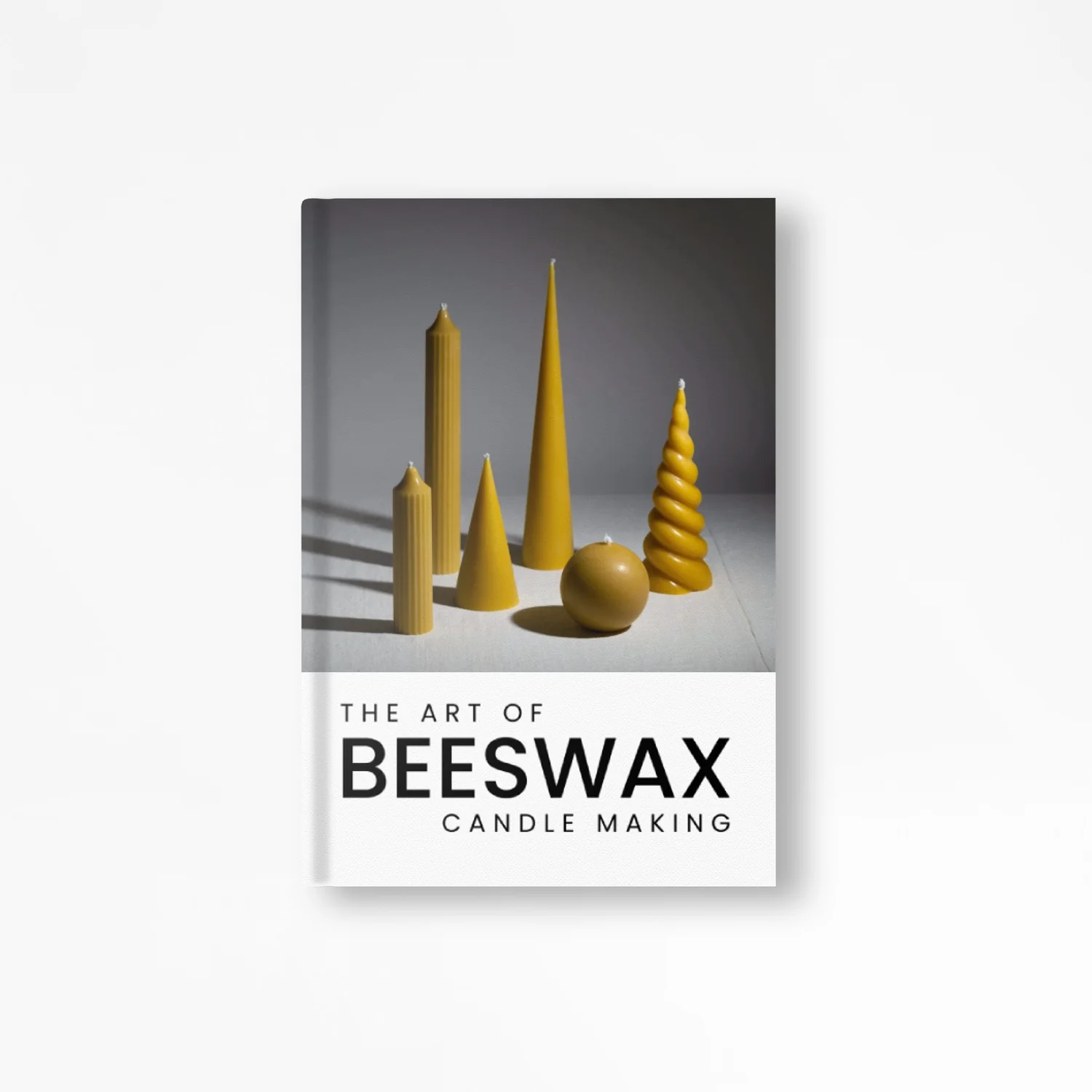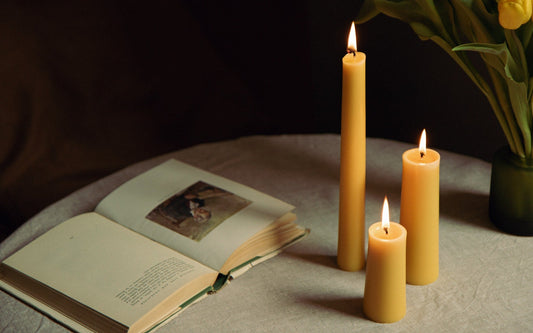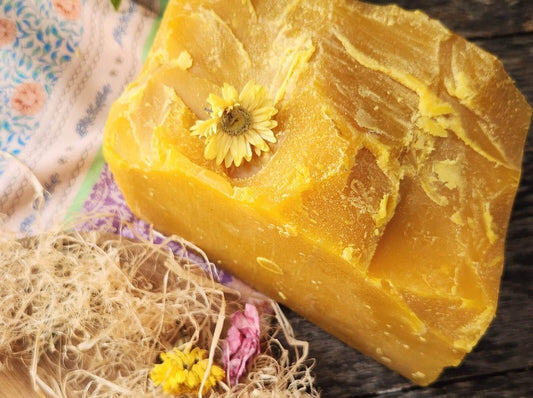Choosing the right wick is crucial to ensure that your beeswax pillar candles burn evenly and cleanly. In this guide, we'll discuss the best types of wicks to use and provide a table of candle diameters and corresponding wick sizes to make the process easier. Let's get started!
Before we dive into the details of choosing the right wick, it's worth noting that wicks have been an essential part of candle making for centuries. In the past, candle wicks were made of cotton, linen, or hemp fibers, while modern wicks can be made of braided cotton, paper, or even wood. Regardless of the material used, the wick plays a critical role in how the candle burns.
Things to Consider when Choosing your Wick
When choosing a wick for your beeswax pillar candle, it's essential to consider the diameter of the candle, the type of wax used, and the desired burn time. A wick that is too small will result in a dim, flickering flame that will not melt the wax evenly. A wick that is too large will result in a large, sooty flame that will burn the wax too quickly. The goal is to choose a wick that provides a steady, even flame that consumes the wax at a reasonable rate.
The best wick for beeswax candles
To ensure optimal burning performance for beeswax candles, a wick that burns at higher temperatures is necessary. The square braided cotton wick is the ideal choice.
Characteristics of Square Braid Cotton Wick:
The square braid cotton wick boasts a set of unique characteristics that set it apart from its counterparts. The tightly woven fibers form a robust and stable structure, allowing the wick to maintain its shape during the burning process. This feature facilitates a consistent and controlled burn, ensuring an even melting of wax throughout the beeswax candle's lifespan.
With its flat, squared edges, this self-trimming wick type minimises the formation of mushrooming, soot, and carbon buildup, contributing to cleaner and longer-lasting candles. Additionally, the natural, unbleached cotton fibers offer a clean and pure burn, free from harmful additives or chemicals.

Shop Beeswax Wicks
Beeswax Candles Wick Chart
| Candle Diameter | Wick Size |
|---|---|
| 2.5 cm / 1 in | #1/0 |
| 3.5 cm / 1.5 in | #2/0 |
| 5.0 cm / 2 in | #3 |
| 6.5 cm / 2.5 in | #4 |
| 7.5 cm / 3 in | #5 |
| 8.5 cm / 3.5 in | #6 |
| 10 cm / 4 in | #7 |
| 11 cm / 4.5 in | #8 |
| 12 cm / 5 in | #9 |
| 13.5 cm / 5.5 in | #10 |
Please note that this table is a general guideline and the wick size needed for a particular candle may vary based on factors such as type of wax, candle diameter, shape and lenght, and environmental conditions. It's important to conduct test burns with different wick sizes to determine the best option for your specific candle.
Here are the steps to follow when choosing the right wick for your beeswax pillar candle:
- Measure the diameter of your candle: Use a ruler or measuring tape to determine the diameter of your candle in inches.
- Consult a wick size chart: Use a wick size chart that provides a range of wick sizes based on the diameter of your candle. You can find these charts online or consult with a candle making supplier.
- Consider the type of wax used: Beeswax is a dense, hard wax that requires a larger wick than softer vegetable waxes such as soy or rapeseed wax.
- Test the wick: Once you've chosen a wick size, test it by making a sample candle. Burn the candle for a few hours to ensure that the flame is steady, and the wax is melting evenly. If the flame flickers or the wax melts unevenly, try a different wick size.
- It's always better to use a wick that is slightly too large than one that is too small. A larger wick will consume the wax faster, but it will also provide a brighter, steadier flame.
Conclusion: Choosing the right wick is essential to ensure that your beeswax pillar candle burns evenly and cleanly. By following the steps outlined in this guide and consulting our wick size chart, you can select the perfect wick for your candle.
Remember to test the wick before making a larger batch and consider the type of wax and desired burn time. Happy candle making!










